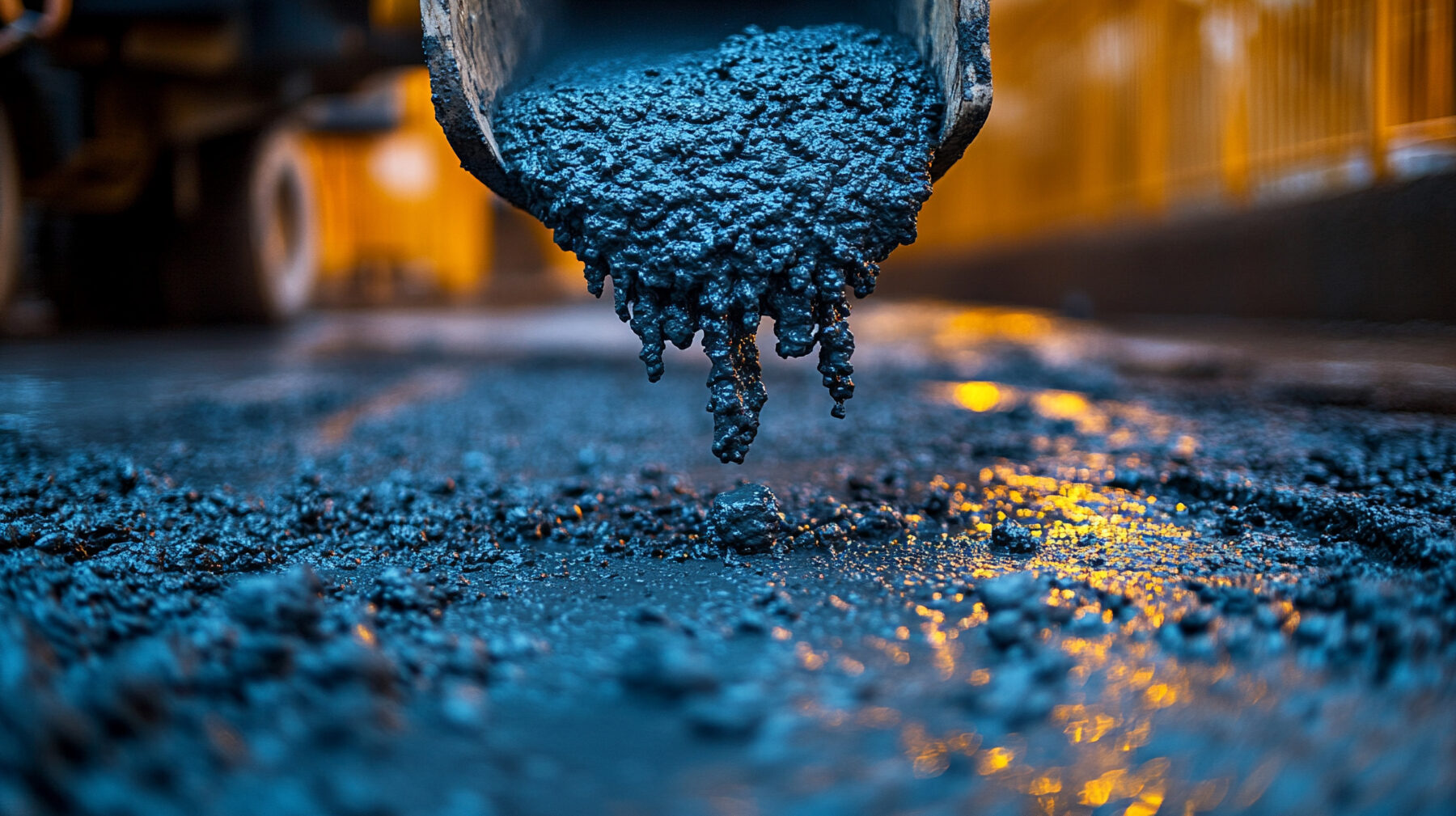Best Winter Aggregates for Home Projects: Complete Guide
December 2, 2024

When it comes to outside gardening and construction, winter can provide significant difficulties for home projects. Using the correct aggregates in colder months is essential in order to ensure stability, drainage, and durability despite harsh conditions. That’s why it’s beneficial to investigate the best kinds of aggregates for winter, their major features, and useful uses to keep both safety and utility.
Key Types of Winter Aggregates
Every kind of aggregate has a different use when winter demands durable materials. Selecting the correct one helps reduce frost heave, increase traction, and limit erosion.
Coarse Aggregates
For solid foundations and paths, coarse aggregates—like gravel—are indispensable. Their bigger particle size helps during the winter to handle vehicle weight and avoid erosion. Using coarse stones, gravel paths and driveways help to improve drainage, lowering the risk of ice development and related slipping.
Fine Aggregates
Sand and other fine aggregates are perfect for improving surface layer stability on driveways and paths. Sand is necessary in winter since it resists freezing and encourages drainage, reducing water accumulation and often resulting in dangerous frozen areas.
Reusable Aggregate Materials
Made from recycled materials—including crushed concrete—recycled aggregates are a sustainable choice. For winter projects, recycled solutions are becoming more and more popular since they minimize environmental impact and preserve the required strength.
Decorative Aggregates
Decorative aggregates like colored gravel or river stones support drainage and provide visual appeal for those who value both form and function. Serving both aesthetic and practical purposes, these materials can be used around paths, flower beds, and fire pits.
Essential Characteristics of Winter Aggregates
Selected for winter projects, aggregates have to satisfy particular requirements to function under freezing temperatures. An aggregate’s suitability for seasonal conditions is determined in part by frost resistance, water absorption, and durability.
Winter aggregates’ capacity to resist multiple freeze-thaw cycles without compromising structural integrity is one of the primary challenges. Lack of frost resistance aggregates can break and degrade, compromising the surface stability.
For winter applications, low-absorption rate aggregates are perfect since they lower the possibility of frost heave—that is, when the water inside the aggregate freezes and expands. Good drainage also guarantees that water does not pool on surfaces, avoiding dangerous freezing conditions.
Strong, durable aggregates that can manage more weight and stress are what the winter demands. Load-bearing uses like driveways and heavy-use paths benefit from strong materials that hold their integrity even at freezing conditions.
Uses of Winter Aggregates
Gravel paths provide great drainage and traction for winter journeys. Coarse gravel reduces the likelihood of ice patches developing and lets water flow quickly. Edging or ornamental stones help to improve the look as well as utility.
Homeowners seeking a reasonably priced, long-lasting solution could find gravel driveways to be a practical alternative. These driveways offer a firm, traction-friendly surface resistant to erosion from snowmelt and regular use through correct layering and grading. Long-term durability can be achieved by routine maintenance including gravel replacement.
Winter aggregates also work well in outdoor gathering areas. Around fire pits, river gravel or limestone enhances drainage and gives outdoor spaces an attractive texture. These materials provide a solid and safe surface for outdoor seats, allowing them to be enjoyed during winter.
Aggregates can help improve winter interior comfort as well. For concrete walls, for instance, using lightweight aggregates offers extra insulation, helping to control inside temperatures and reduce energy consumption.
Overcoming Common Challenges
Regional differences in winter conditions affect overall performance. For places with lots of snow, stability is dependent on gravel and sand combinations. In warmer environments with intermittent freezes, decorative pebbles can be both visually appealing and practical.
Growing awareness of sustainable building is driving recycled aggregates to be a preferred alternative. Although recycled materials lower their environmental impact, they still need to satisfy particular criteria to guarantee their performance under freezing temperatures.
Winter construction with aggregates requires significant safety planning. Along with cold-resistant protection gear, good handling techniques help to lower hazards and preserve production. Compliance with regional criteria for grading and durability also guarantees that projects stay structurally sound.
Choosing winter-ready aggregates means juggling regional needs with environmental concerns and usefulness. Selecting the correct materials will improve safety, longevity, and overall satisfaction with the project whether designing driveways, paths, or fire pit areas. Planning for the particular needs of winter, such as frost resistance and water drainage, means that outdoor areas are appealing and accessible all year long.

